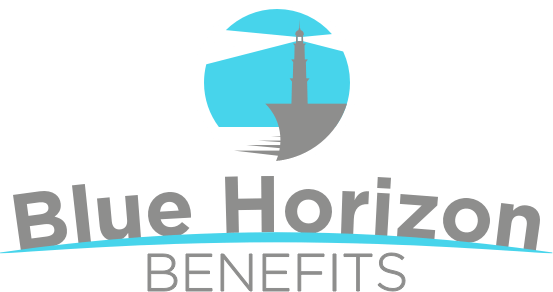2024 HSA Contribution Limits, HDHP Minimums, Maximums Set
The IRS has raised the maximum amount employees can funnel into their health savings accounts by 7.8% for 2024, the largest increase ever, brought to you by inflation.
The IRS updates this amount annually, along with minimum deductibles as well as the out-of-pocket maximums for high-deductible health plans. Under its rules, HSAs, which help employees save for medical expenses, are only available to those enrolled in qualified HDHPs.
Understanding these amounts now can help you get an early start on human resources planning for next year.
Here are the changes coming in 2024:
HSA annual contribution limit
- Self-only plan: $4,150, up 7.8% from $3,850 in 2023
- Family plan: $8,300, up 7% from $7,750 in 2023
- Catch-up contribution (for those aged 55 and older): $1,000 (unchanged)
HDHP minimum annual deductible
- Individual plan: $1,600, up from $1,500 in 2023
- Family plan: $3,200, up from $3,000 in 2023
HDHP annual out-of-pocket maximum
- Individual plan: $8,050, up from $7,500 in 2023
- Family plan: $16,100, up from $15,000 in 2023
Excepted benefit health reimbursement arrangement
- Maximum annual employer contribution: $2,100, up from $1,950
The many benefits of HSAs
An HSA is a special bank account for your employees’ eligible health care costs. They can put money into their HSA through pre-tax payroll deductions, deposits or transfers. As the amount grows over time, they can continue to save it or spend it on eligible medical and medical-related expenses.
Employers can also contribute to the accounts, but the annual contribution maximum applies to all contributions in total (from the employee and the employer).
The money in the HSA belongs to the employee and is theirs to keep, even if they switch jobs. If they go to a new employer that offers qualified HDHPs, they can continue to fund the account in their new job.
Funds roll over from year to year and can earn interest. Many plans also have investment options for the funds to help savers further grow the account.
There are a number of benefits for employees who have an HSA:
- The money an employee contributes to an HSA is not subject to income taxes, which reduces their overall taxable income.
- They are not taxed on withdrawals.
- If employees contribute to their HSA with after-tax money, they can deduct their contributions during tax time on Form 1040.
- Employees can tap the funds for any approved out-of-pocket medical expenses.
- They can also grow the account tax-free by investing the funds in the account, sort of like a nest egg for medical expenses in retirement. (That said, 62% of account holders spend the money on year-to-year or near-term expenses, according to a report by the Employee Benefit Research Institute.)
HSA-eligible expenses:
- Payments for services or medicine that go towards health plan deductibles, copayments or coinsurance.
- Dental or vision care (including orthodontics, eye exams, corrective lenses),
- Medical devices.
- Certain over-the-counter medicines, like pain relievers, allergy medication, cold and flu medicine, and menstrual products.
- Vitamins and health supplements, if recommended by a medical or health professional for the treatment or prevention of a specific disease or condition.









